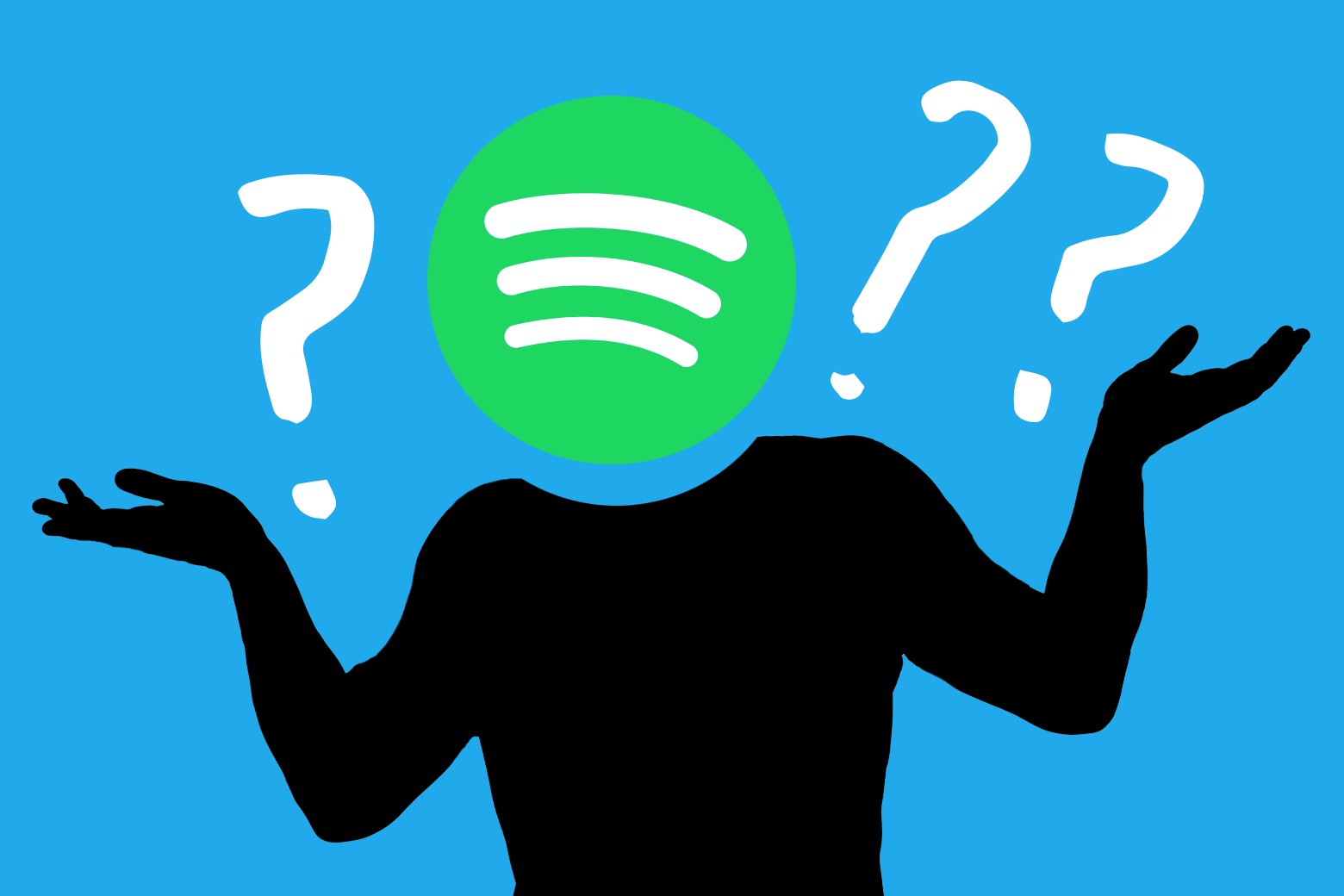Spotify has led the streaming music space for some time now, but over the past year, Apple Music has evolved into a serious threat. Apple Music’s growth accelerated past Spotify’s, and now, for the first time, Apple has pulled ahead. According to a report from Digital Music News last week, Apple Music has become the top on-demand streaming music service in the U.S. in terms of users. (The exact user numbers weren’t released.) Both apps have roughly 20 million U.S.-based subscribers, but Apple Music now has the upper hand.
For Apple, this is great news. It—like much of the smartphone industry—has started to see a slowdown in consumer phone purchases. An uptick in adoption of its subscription services like Apple Music can help offset lost revenue from lackluster device sales.
For Spotify, which went public in April, the news should raise questions about the company’s strategy—questions that have surely been on its mind in the past few months as Apple closed the gap. Luckily, while stock price and user count are two measures of Spotify’s success, they aren’t everything. Spotify’s global subscriber and user numbers still beat Apple by a good margin, but that lead could shrink if it doesn’t take action.
And Spotify has focused on increasing its number of users. In April, it gave its free app, its most popular method for attracting eventual paying subscribers, a serious upgrade. The music streaming app has also been expanding its focus beyond simply letting users build playlists and listen to their favorite songs. Spotify is trying to become the MTV for a new generation of music fans, acting as a discovery engine and public platform for new and emerging artists. In late 2017, it also began allowing artists to sell merchandise and beauty products through its app. Spotify doesn’t take a cut of sales, so this feature isn’t a moneymaker, but it instead solidifies Spotify’s position as a hub for music fandom, where listeners can keep up to date on their favorite artists and their music, and collect some of their merch as well. Listener count is only one metric. If Apple has more users than Spotify, it won’t matter to Spotify’s bottom line if its listeners are more loyal, more involved, and more profitable for musicians. Apple’s success doesn’t necessarily devalue the streaming startup, either. Spotify is still on course to become a $100 billion company by 2020.
But certainly there is some prestige associated with being the leading music streaming provider in the U.S. or globally. If Spotify wants to duke it out with Apple, offering its own smart speaker could be one way to nab users and market share. Streaming music is a popular activity for smart speaker owners, and Spotify is at a disadvantage as a third-party app on speakers from companies such as Google and Amazon, which have their own music services to push. And on Apple’s HomePod, you can only play Spotify by streaming it from your iPhone over AirPlay. Spotify could also strengthen its position by partnering with a smartphone or smart speaker manufacturer, perhaps offering bundled or discounted service with a new purchase.
In the streaming music war, Spotify hasn’t yet lost. It has managed to offer a universally well-liked service—it has a 4.8 rating in Apple’s App Store—and has put services and features in place to position the app as MTV meets your corner record store for the 21st century. If Apple Music’s growth continues to far outpace Spotify’s, it could prove problematic. But for now, Spotify just needs to keep doing what it’s doing.
